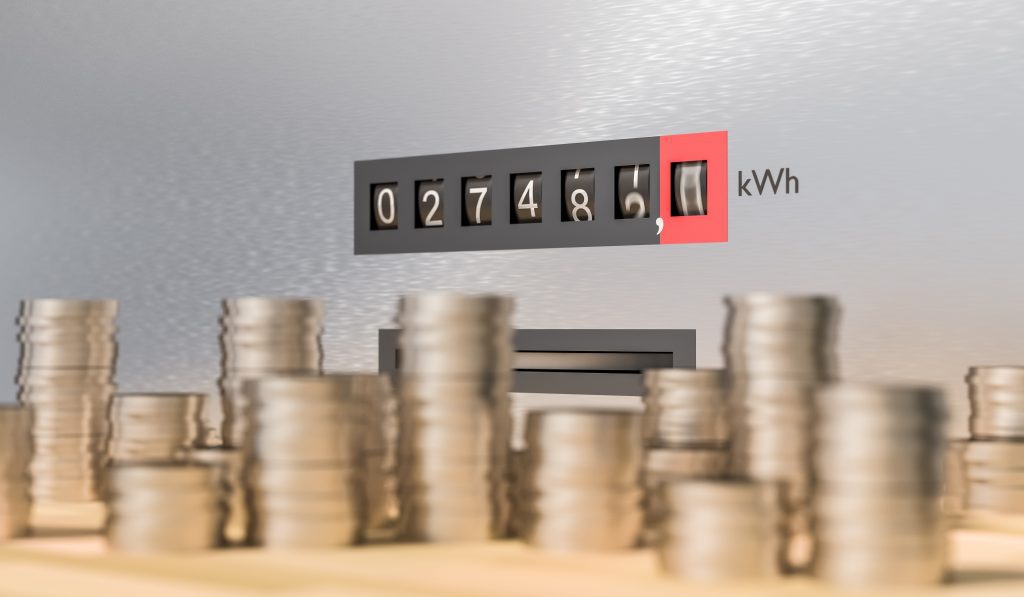How To Calculate Hidden Energy Drains From Your Household Appliances
Are you tired of paying high bills? Practicing caution can help you avoid paying exorbitant bills that could overwhelm you if your source of income is threatened. Reducing your bills can help you save more and redirect the funds towards other relevant projects.

Reducing your electricity bill begins with knowing your household’s power consumption based on your appliances and electronics. Use online tools like the Electric Usage Chart by Efficiency Vermont, Home Energy Calculator by Central Maine Power, or loan Maine’s Kill-a-Watt monitor to calculate the kilowatt hours of each device to help estimate your monthly cost.
The Kill-a-Watt monitor is easy to use. You are required to plug it into an electric outlet and one appliance after the next into the monitor. The device should be plugged in for over an hour for an accurate average reading. Appliances like the dehumidifier and refrigerator may take over 24 hours to give an accurate reading.
Statistics from the U.S. Department of Energy estimate that electronics in standby mode may cost your house up to $100 per year. Electronics like computers, stereos, and televisions have a phantom/vampire load, allowing them to draw power even when not in use. Devices with the phantom load should be tested when on and off.

The equation is the same for every appliance. Just divide the kWh value and divide it by the number of hours. Then multiply that by the hours the device is plugged in and drawing power. You arrive at the device’s monthly kWh by multiplying the total times you use the appliance each month.
The utility bill highlighting the current charges is the remaining ingredient needed to get your appliance’s annual or monthly cost.
